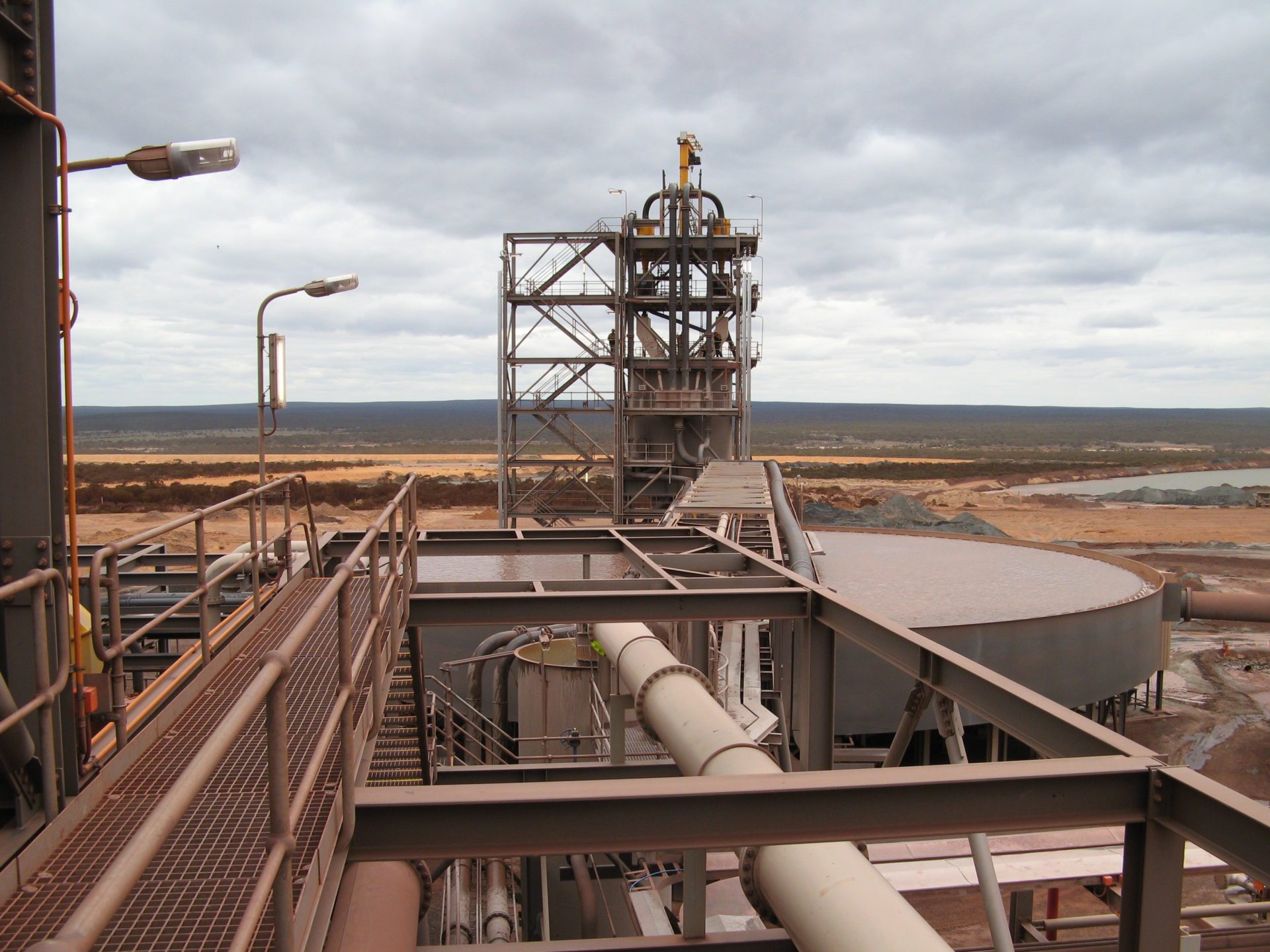The RCM series: Seeing failure from four different angles (Part Two)

Our reliability-centred maintenance (RCM) series continues with a close-up look at failure. If you’re wondering how we got here, check Part One’s introduction to RCM and how it fits into your organisation. Later, Part Three will talk more about the running of RCM in your company: The risks you face, documenting RCM, and learning as you go.
So far we’ve covered assets (the things you and your team maintain), the overall systems that assets are part of, and the context in which they operate. The only way to appreciate all of this was with collaboration around the company.
This time we’re looking more closely at your maintenance team’s part of the world.
We were up to #6 in our 17½ tips for preventing failure. Let’s keep going with…
Get to know failure
There are three steps in getting to know the failure of your assets. In RCM, knowing the different types of failure allows you to understand why your maintenance program is valuable.
Let’s have a look.
1. What could cause an asset to fail?
The things that could cause an asset to fail are called ‘failure modes’. A single asset can be at risk from more than one of them:
- deterioration
- operator error
- maintenance error
- design flaw.
Different modes of failure can be prevented (or fixed) in different ways.
2. What could be harmed if an asset failed?
This harm is called a ‘threat’ in reliability-centred maintenance. There are four main types of threats. They are threats to:
- people’s safety
- the operations of your organisation
- your maintenance budget
- the environment.
When you know what is threatened by a possible failure, you know where to look for its effects.
3. What are the likely effects of your asset failing?
To understand the effect on your pipeline from an asset failing,ask the following questions:
- How will you detect it? Consider this for every possible combination of failure mode and threat type,
- What would the failure show up as? The issue may present differently just prior to failure.
- What would be damaged and what repair would it need?
Once you’ve got answers to these things, you’ll be able to produce the correct engineering maintenance program.
Getting to know failure means asking these seven questions over and over and over…
To meet the SAE standard for RCM, there are seven crucial things that you need to know about each asset. If you’ve gone through steps 1-3 above, and in Part One already, then you should be able to tick them all off.
But always go through a re-cap:
- Given its context, what are the asset’s functions and the standards that measure its performance?
- How could the asset fail to meet those standards?
- What could cause a failure?
- If there’s a failure, what would happen as a result?
- What loss would each failure cause?
- How can you predict or prevent these failures?
- If the failure is so unpredictable that you can’t act in advance, what can you do instead?
Subscribe to our Blog!
Receive fortnightly access to information on new products, industry
issues and solutions to PE100 Pipe, fittings and fabrication
What value does your pipeline maintenance program deliver?
Maintenance can never deliver more value than the asset itself. So the question of maintenance value is actually a question of an asset’s function. Some functions are critical and worth preserving at almost any cost, whereas others are hardly worth any of your attention.
Maintenance value also relates to the likelihood of failure. Things that go wrong more often make better targets than unlikely failures.
This means that you can deliver the most value by focusing on relatively likely, costly failures.
Reliability-centred maintenance helps you put together a cost-effective maintenance plan because it gives you a way to measure these things. Few, if any, other systems are as good at getting the most out of the time and money that you spend.
What are your maintenance options?
What can you do to reduce the effects of possible failures? Your options boil down to:
- keeping assets functional with predictive maintenance
- periodically returning assets to “as new” condition, or replacing them
- looking for specific issues and fixing them if you find them (“detective maintenance tasks”)
- run-to-failure
- changing the system so the asset’s function, and maybe its necessity, changes.
Remember: So long as the system keeps delivering the same benefits, RCM is satisfied.
Don’t miss Part Three!
We leave Part Two of the RCM series here. There’s only one more to go and it’s about the nuts and bolts of running RCM. You have risks to manage, documentation to write, and you’ve got to learn as you go. Make sure you read all about by joining our mailing list.

